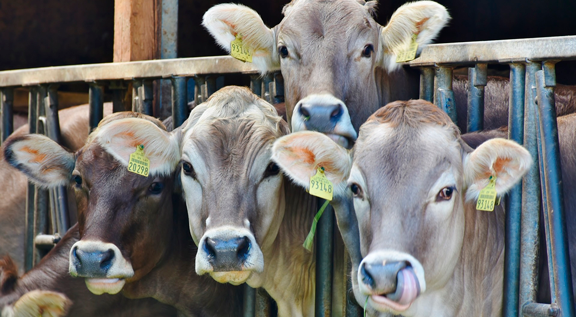
Image: Pixabay
In the slaughter of cattle, the trend that began in 2020 continued, with the retention of females due to the high price of calves. Despite the reduction in slaughter, the volume of fresh beef exported was the highest for a quarter, considering the historical series of the Secretariat of Foreign Trade (SECEX/ME), with records for the months of August and September, 181.6 thousand tons and 187.0 thousand tons, respectively.
{module Form RD}
“The price of cattle has been rising due to a high slaughter of females until 2019, which led to a lack of calves. Now producers are retaining more females to raise calves. In addition to this retention, there were export restrictions to China, starting in September, which contributed to reducing slaughter. The percentage of meat exported reached record levels above 30% of the total produced, in carcass equivalence. The foreign market had a high participation and this impact of restrictions from China, which accounts for almost 60% of Brazilian meat exports, led many slaughterhouses to reduce slaughter. The slaughterhouses that serve the domestic market were working with low or even negative margins and this also discourages slaughter”, says the research supervisor, Bernardo Viscardi.
The slaughter of 829.71 thousand fewer heads of cattle in the 3rd quarter of 2021 compared to the same period of the previous year, was caused by reductions in 21 of the 27 Federation Units (UFs). Among those with a share above 1.0%, the most significant reductions occurred in: Mato Grosso (-279.94 thousand heads), Mato Grosso do Sul (-218.62 thousand heads), Rio Grande do Sul (-131.21 thousand heads), Rondônia (-83.84 thousand heads), Paraná (-78.61 thousand heads), São Paulo (-49.01 thousand heads) and Santa Catarina (-31.23 thousand heads). On the other hand, the biggest increases occurred in: Goiás (+38.15 thousand heads), Tocantins (+37.15 thousand heads) and Minas Gerais (+19.08 thousand heads).
In the ranking of UFs, Mato Grosso continues to lead the slaughter of cattle, with 16.4% of national participation, followed by São Paulo (10.9%), and Goiás (10.8%). Mato Grosso do Sul, second place in the 3rd quarter of 2020, fell to fourth position, after a drop of 24.4% in the number of heads slaughtered compared to the period recorded in this Survey.
By: Eliza Maliszewski | agrolink










